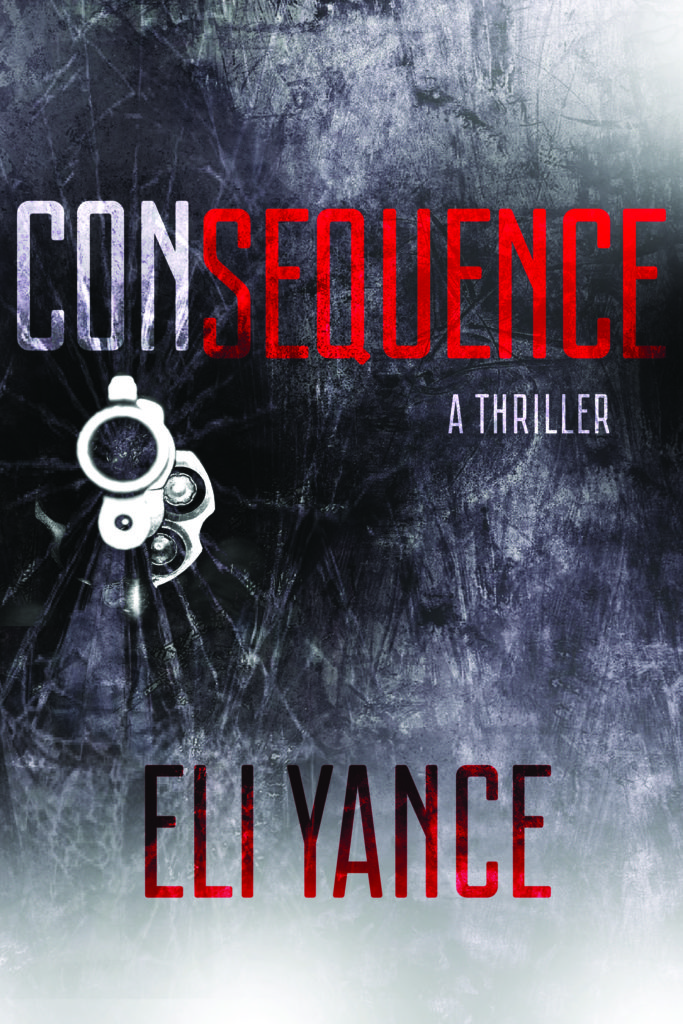 The crime thriller genre has always been a big seller. It has evolved over the years along with readers’ tastes. A few decades ago it was all about slick gangster flicks, driven by a morbid nostalgia for criminals like Capone, Dillinger and the Kray twins. At the turn of the century the gritty crime thriller ruled and now, thanks to a collective obsession with Nordic noir, that genre is making a return.
The crime thriller genre has always been a big seller. It has evolved over the years along with readers’ tastes. A few decades ago it was all about slick gangster flicks, driven by a morbid nostalgia for criminals like Capone, Dillinger and the Kray twins. At the turn of the century the gritty crime thriller ruled and now, thanks to a collective obsession with Nordic noir, that genre is making a return.
But what makes for the quintessential gritty crime novel? Here, author Eli Yance, whose new novel Consequences is best described as a high-octane blend of classic Brit gangster flicks Lock, Stock and Two Smoking Barrels, Get Carter and Sexy Beast, provides his top tips.
Humour
I am a firm believer that there should be humor in every genre. I write comedy novels under a different pen name, so I’m a little biased, but it’s something that has worked for me in every genre. In horror, it’s a great tool to help move the story along, keeping the reader interested before you get to the scary parts. In the crime genre, it can help the reader to associate more with the protagonist and the story—it just makes everything feel a little more realistic.
Humour helps to break down barriers. It’s why we use it to break the ice; it’s why we use it more when we’re anxious and it’s why it works so well in introducing readers to characters in a story.
Multiple Stories
The best crime stories involve a multitude of characters and storylines and they invite the reader into each of these. Writing the story from multiple perspectives, following completely different trajectories and then bringing them all together in the end is the best way to keep the story interesting.
It also allows the author to tell the same story from different perspectives, bringing multiple protagonists into the same narrative and ultimately reaching a climax where they all clash.
The Unexpected
Most stories are better with a twist and it’s almost a necessity for this genre. It doesn’t have to be big but it should leave the reader guessing. Just make sure it’s not clichéd and it’s not disappointing. A reader can love your writing style and your
story, but if they arrive at an ending that lets them down, they’re going to hate the book.
I find that the best way to write a twist ending is to just see where the story takes you, stop when you reach the climax and then let a few friends read it. Ask them how they think it will end and how they think it should end and then write an ending that none of them mentioned.
If you can throw a few twists in as you are building towards the climax, even better.
A Bad Good Guy
If all the bad guys are funny and entertaining and the protagonist is a clean-cut detective, it’s just not going to work. The readers won’t side with someone who goes by the book. The best protagonists are always flawed, because that makes them more relatable, but in gritty crime novels those flaws should be bigger and more obvious.
You don’t want to create a psychopath who has little regard for human life and literally does what he or she wants. But readers are always happy to get behind someone who wears their heart on their sleeve, gets angry and violent when the bad guys get their way and is always prepared to bend the rules. It’s a cliché, yes, but for a reason.
Consequence by Eli Yance (Skyhorse Publishing) is out now, priced £12.99 in paperback. Visit Amazon UK.
